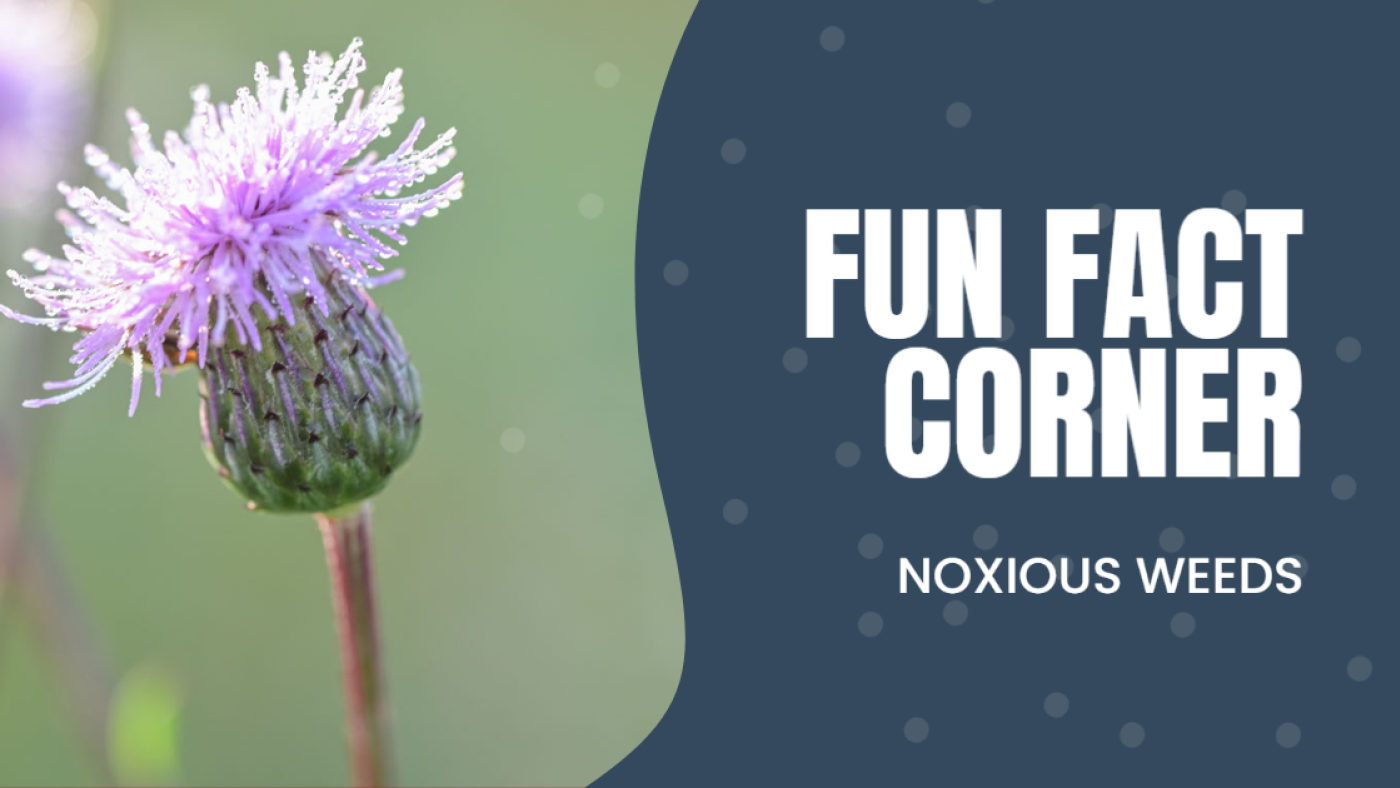While on a recent site visit with one of our grantors, the Colorado Department of Agriculture’s Noxious Weed Specialist, REW staff was enquiring about any new noxious weed listings in the pipeline for 2023.
We at REW pay close attention to the species on (and not on) the Noxious Weeds list as it heavily influences our work in restoration. We won’t spoil the reveal for the next listed species, but instead wanted to talk about the list as a whole. Why is this list so important? And why are we paying such close attention to new listings?
The official state Noxious Weeds list is a very useful tool for land managers in seeking information and funding for managing non-native plants on their property. There are 3 different levels of listing that come with different levels of management. Let’s break it down:
- List A’s are plants that when seen need to be reported and eradicated. The plants on this list are either not yet in the state but seen in neighboring states, or are in small enough populations that eradication may be possible.
- List B’s are species that the state is working on stopping the continued spread through active management plans with counties and other weed management organizations.
- List C’s are species that stopping the spread may not be possible, but instead are focused on education to both public land managers and private landowners.
Any plant on these lists cannot be commercially sold in the state.
Additionally, there is a Watch List populated with non-native plants that could pose substantial negative effects to agricultural production and/or agricultural production and need closer scrutiny. This watch list gives the state more time to study the effects of weeds and start tracking their spread. It is common for species on this watch list to be transferred to List “C”.
We at REW are familiar with the different lists and species that are on each list. Tamarisk, Russian olive, and Russian knapweed are all List B species that we are working to stop the spread of.
CDA also has a Plant of Concern reporting tool on their noxious weed website. This tool is empowering landowners and land managers to have a say in the listing process, and provide valuable feedback on what plants are on the landscape and what is manifesting as agricultural or ecological harm. If you would like to report a plant of concern, be prepared with the common and scientific name of the plant, a database check to see if the plant is native to CO or not and if the plant is listed as noxious in other western states, and reasons why you think this plant should be considered for listing.
CDA also has ID and management recommendations for any listed or watch list species on their website, as well as distribution data. Have a look around their website and learn all there is to know on noxious weeds in Colorado!

